While I have been on a quasi flower sabbatical this year, to pause and (re) consider flower possibilities, this year’s American Flowers Week - June 28 - July 4, is giving me much pause to celebrate!
It is an honor to be among those chosen in the U.S. to be featured for the Botanical Coutre collection! What a diversity of styles featured. You can download/view the Botanical Coutre Digital Book created by Debra Prizing and team with Slow Flowers Society and enjoy the write - up regarding the organic dress we created inspired by the native perennials, pollinator plants, soil and soul love of our Midwest homes.
Written by Debra Prinzing in American Flowers Week 2021, Botanical Couture, Floral Design
In Erin Schneider’s world view, plants and people co-exist in harmony, a notion clearly expressed in the floral dress she created last summer using botanicals harvested from Hilltop Community Farm. Erin is a co-owner and land steward with her husband Rob McClure of the 60-acre farm in La Valle, Wisconsin, which is situated on traditional Ho Chunk Nation lands, about 90 minutes northwest of Madison. Their tagline is “Hand Agriculture for the 21st Century,” a perfect label for their annual bounty of flowers, herbs, produce and orchard fruit grown for a loyal CSA customer base.
Erin provides her wedding and event customers a wide range of blooms, including many familiar perennials and annuals, but she is most passionate about prairie and pollinator plants, as well as native varieties not often considered for floral design. She hopes to elevate awareness of Midwest prairie flowers and grasses, which are showcased in a Wisconsin-inspired botanical couture garment created for American Flowers Week, an effort to encourage more of her customers and the florists to share a similar appreciation.
Read More
